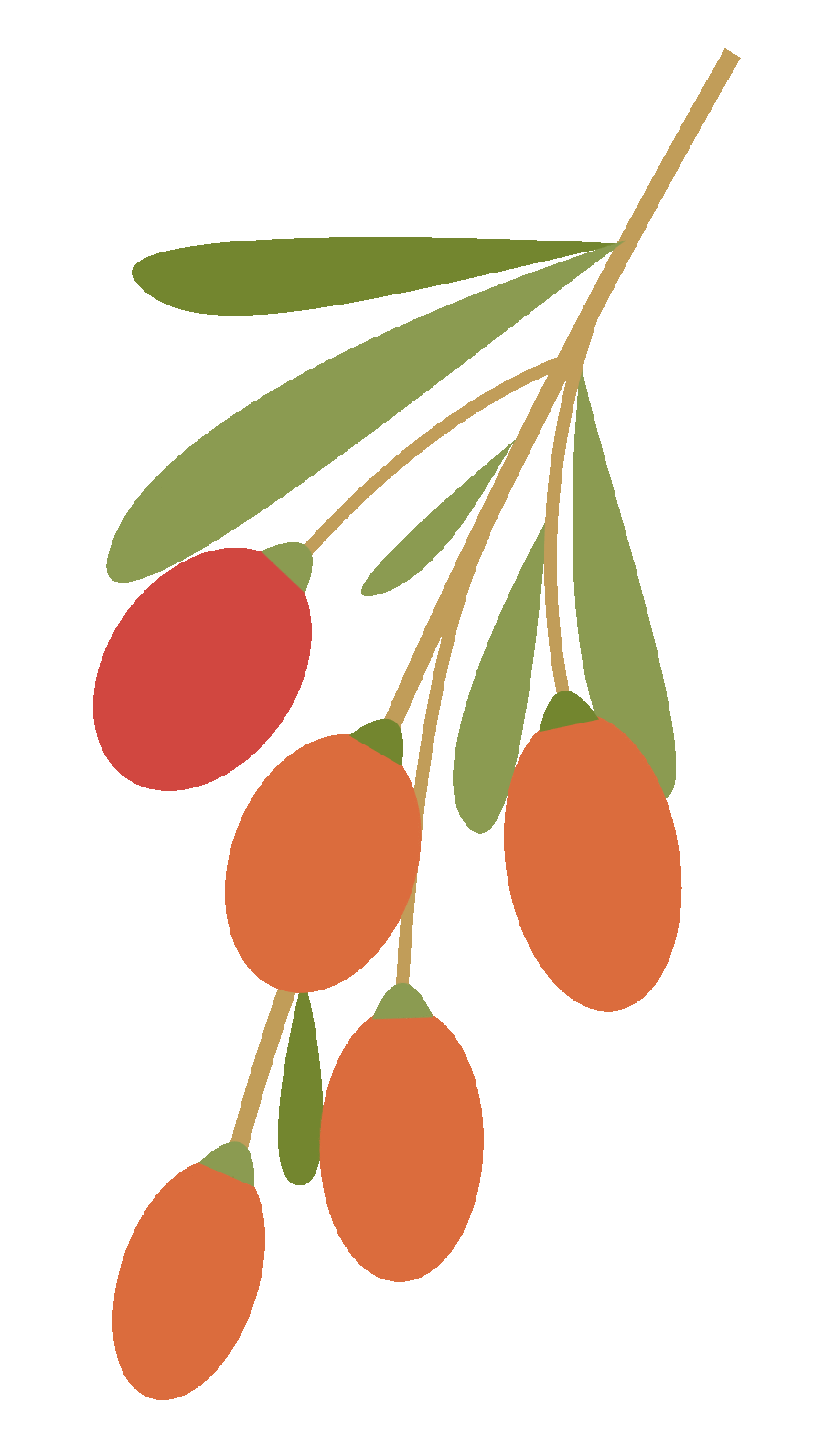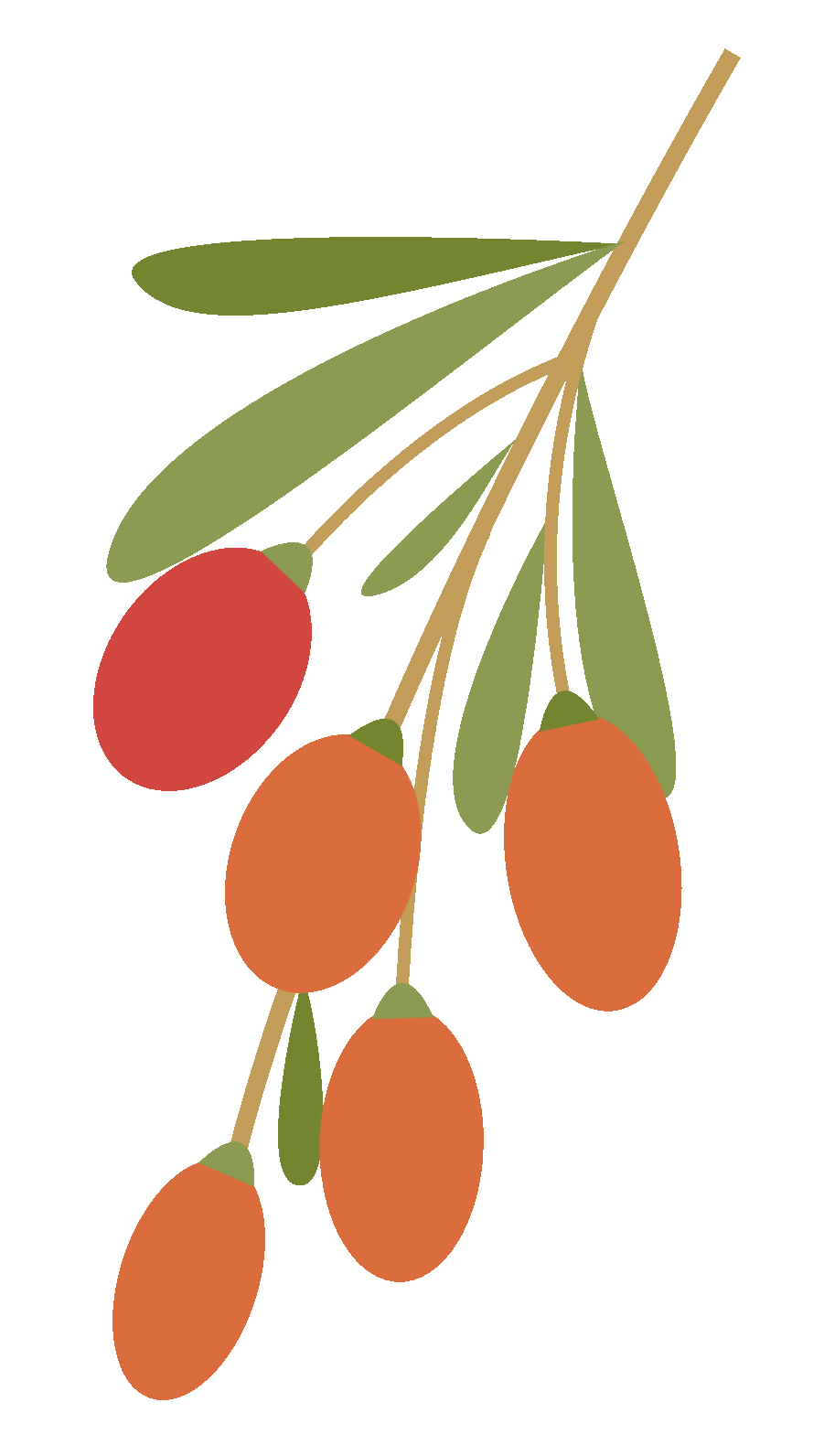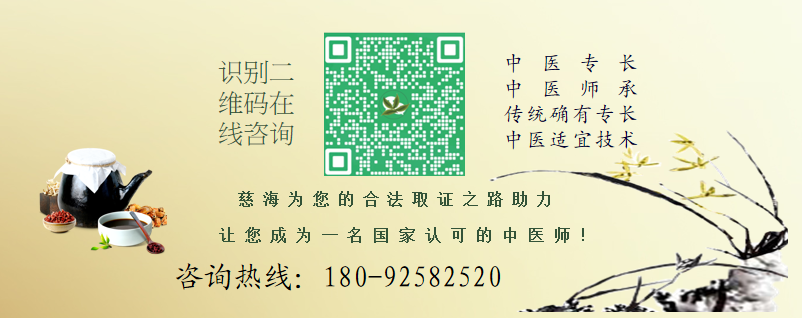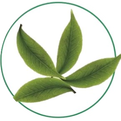
Six Excesses Diagnosis
The occurrence and development of diseases fundamentally stem from the internal contradictions within the human body. In Traditional Chinese Medicine (TCM), the concepts of Yin and Yang represent these contradictions, and diseases arise only through abnormal changes in Yin and Yang.

The so-called causes of diseases or pathogenic factors are essentially categorized as external causes, which are conditions for the occurrence of diseases. TCM identifies common causes of diseases as the Six Excesses (Liù Yín), epidemic qi (lè qì), diet, irregularities, phlegm, emotional disturbances, external injuries, insect and animal bites, overwork, and sexual activity. Different causes can lead to various changes in the body due to internal contradictions. Therefore, one can deduce the cause of a disease based on its different manifestations (examining symptoms to find causes), which is an important aspect of TCM diagnosis and treatment.
Six Excesses:
Wind, Cold, Heat, Dampness, Dryness, and Fire are the six qi of nature. Abnormal changes in these six qi, such as excess or deficiency, or abnormal climate conditions, can become pathogenic factors when the body’s resistance is low, hence they are also referred to as the Six Excesses.
1. Wind
Wind is the predominant qi of spring, but it can occur in all seasons and often combines with other pathogenic factors, making wind-related diseases quite common.
Characteristics of Wind Diseases:
(1) Rapid onset and quick resolution;
(2) Symptoms often present as wandering and variable;
(3) Wind can cause itching when it affects the skin;
(4) Symptoms of aversion to wind.
Common Wind Diseases:
1. Common Cold: aversion to wind, sweating, headache, nasal congestion, or fever, with a thin white tongue coating and a floating, slow pulse. Treatment should focus on dispersing wind.
2. Wind Bi (Wind-Damp Bi Syndrome): Wind invasion of the meridians causes muscle and joint pain that is wandering and variable, also known as migratory bi. Treatment should focus on dispelling wind and unblocking the meridians.
3. Wind Rash: characterized by itchy skin and wheals. Treatment should focus on dispersing wind.
2. Cold
Cold is the predominant qi of winter but can also be seen in other seasons. Wind and cold often combine to cause disease.
Characteristics of Cold Diseases:
(1) Cold is constricting and stagnating, often leading to muscle and joint spasms and pain due to qi stagnation and blood stasis;
(2) Cold can easily injure Yang Qi;
(3) Cold can enter the interior from the surface, easily transforming into heat;
(4) Symptoms of aversion to cold.
Common Cold Diseases:
1. Exogenous Cold: Cold invasion of the exterior leads to symptoms of aversion to cold, fever, headache, body aches, thin white tongue coating, and a floating, tight pulse. Treatment should focus on warming and dispersing cold.
2. Cold Bi: Cold invasion of the meridians causes severe joint pain that is fixed, alleviated by warmth and aggravated by cold, also known as painful bi. Treatment should focus on warming the meridians and dispelling cold.
3. Internal Cold: Cold directly injures the interior, leading to symptoms such as vomiting clear fluids, abdominal pain, borborygmus, diarrhea, and in severe cases, sudden onset of cold limbs, a faint pulse. Treatment should focus on warming and dispelling cold.
3. Heat
Heat is the predominant qi of summer. Diseases caused by heat are referred to as heat diseases.
Characteristics of Heat Diseases:
(1) Heat is a yang pathogen, leading to symptoms such as fever, thirst, irritability, and excessive sweating;
(2) Heat can consume qi and injure fluids, leading to fatigue, weakness, dry mouth, and dry lips;
(3) Summer is often humid, and heat often accompanies dampness, leading to symptoms such as chest tightness and nausea.
Common Heat Diseases:
1. Heat Stroke: symptoms include fever, headache, sweating, thirst, nausea, diarrhea, dry lips, shortness of breath, and weakness. Treatment should focus on clearing and resolving summer heat.
2. Sunstroke: sudden fainting, fever, irritability, profuse sweating, and rapid breathing. Treatment should urgently use aromatic herbs to open the orifices, and after regaining consciousness, use cooling herbs to clear heat.
4. Dampness
Dampness is the predominant qi of late summer and June, when the climate is humid, making it easy to contract damp diseases. However, frequent exposure to damp environments, living in damp places, working in water, or sweating while clothed can also lead to damp diseases. Dampness often combines with other pathogenic factors, such as damp-heat, cold-damp, wind-damp, damp-phlegm, and damp-warmth.
Characteristics of Dampness Diseases:
(1) Dampness is sticky and stagnant, making it difficult to eliminate once it causes disease;
(2) Dampness is heavy, leading to sensations of heaviness in the body, fatigue in the limbs, and a heavy head;
(3) Dampness is turbid, leading to symptoms such as leukorrhea, damp eczema, and sores with discharge;
(4) Dampness can obstruct the smooth flow of qi, leading to symptoms of chest tightness and abdominal distension;
(5) Loose stools and scanty urination;
(6) A slippery tongue coating and a soggy pulse.
Common Damp Diseases:
1. Exterior Damp: caused by dampness affecting the exterior, leading to symptoms of a heavy head, overall heaviness and fatigue, chest tightness, mild fever, aversion to cold, nasal congestion, no thirst, scanty urination, a white slippery tongue coating, and a soggy pulse. Treatment should focus on aromatic herbs to transform dampness and disperse the exterior.
2. Damp Bi: dampness invading the meridians causes heavy joint pain, which can be fixed and may also cause swelling, also known as fixed bi. Treatment should focus on dispelling dampness and unblocking the meridians.
3. Internal Damp: caused by dampness injuring the interior. If dampness is in the upper body, it leads to chest tightness and nausea, a bland taste in the mouth, and loss of appetite. Treatment should focus on light diuretics to drain dampness.
5. Dryness
Dryness is the predominant qi of autumn, caused by dry weather, but it is not commonly seen in clinical practice.
Characteristics of Dryness Diseases:
(1) Dryness can injure body fluids, leading to symptoms such as dry mouth, dry lips, dry nose, dry throat, dry cough, and dry skin;
(2) Dryness can easily injure the lungs.
Common Disease: Lung Dryness.
Lung Dryness:Symptoms include fever, mild aversion to cold, headache, dry nose, dry throat, dry lips, dry cough without phlegm, or phlegm that is scant and sticky with blood. Treatment should focus on clearing the lungs and moistening dryness.
6. Fire
Fire and heat are merely different degrees of the same condition; extreme heat becomes fire. The generation of fire diseases in the body can arise from direct exposure to warm pathogens or from the transformation of wind, cold, dampness, and dryness into fire. Additionally, dysfunction of the organs and abnormal mental activity, such as extreme anger, can also lead to the generation of fire.
Characteristics of Fire Diseases:
(1) Fire, being the extreme of heat, can cause symptoms such as a red face, red eyes, swelling, aversion to heat, preference for coolness, red urine, yellow tongue coating, and a red tongue;
(2) Rapid onset and significant changes;
(3) Fire can easily injure body fluids, leading to symptoms such as dry mouth, dry tongue, preference for drinking, constipation, scanty urination;
(4) Fire can accelerate blood flow, causing blood to move erratically or injuring blood vessels, leading to symptoms such as a rapid pulse, bleeding, etc.
Fire diseases caused by the Six Excesses are mostly excess fire.
Excess Fire:Symptoms include a red face, red and swollen eyes, excessive eye discharge, dry mouth and lips, bitter taste, thirst, bad breath, ulceration of the mouth and tongue, redness and swelling of the throat and gums, bleeding gums, nosebleeds, vomiting blood, tinnitus, a sensation of fullness in the body, irritability, delirium, mania, constipation, scanty red urine, blood in urine, blood in stool, yellow and rough tongue coating, and a red tongue. Treatment should focus on clearing heat and draining fire.



